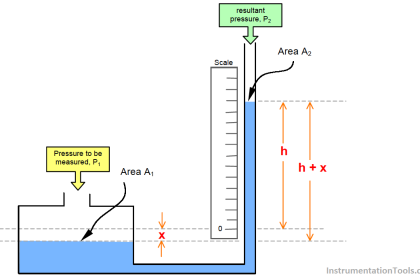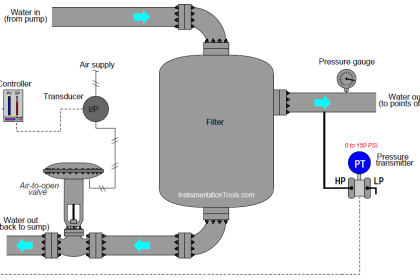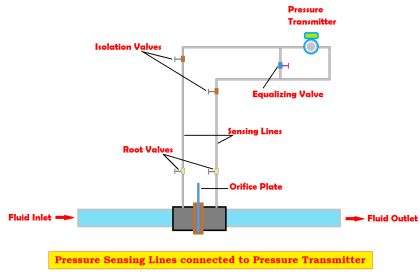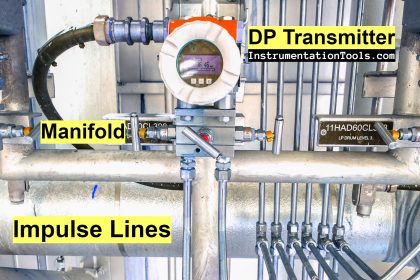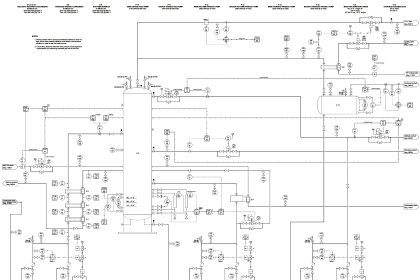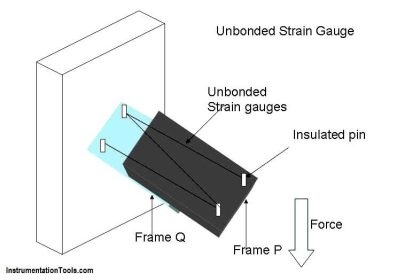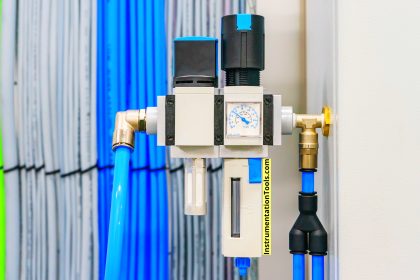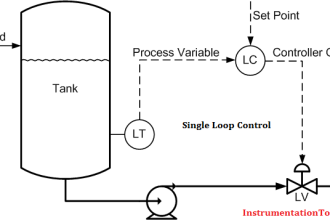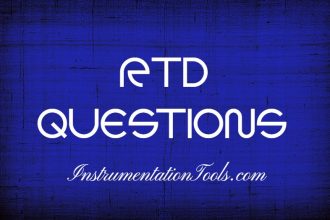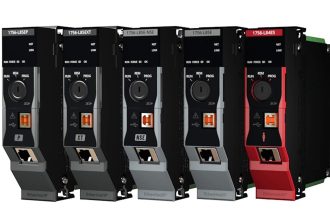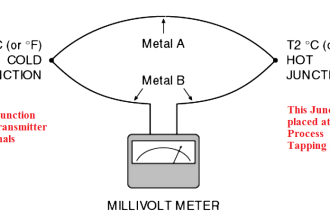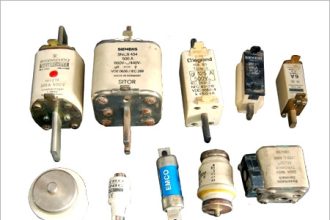The capsule element comprises two circular-shaped, convoluted membranes sealed tight around their circumference.
The pressure acts on the inside of this capsule and the generated stroke movement is shown by a pointer as measurement of pressure.
Pressure gauges with capsule elements are more especially suitable for gaseous media and relatively low pressures.
Overload protection is possible within certain limits.
The activating force is increased if a number of capsule elements are connected mechanically in series (a so- called capsule element “package”).
Pressure ranges are between 0 ~ 2.5 mbar and 0 ~ 0.6 bar in the accuracy class 0.1 to 2.5.

